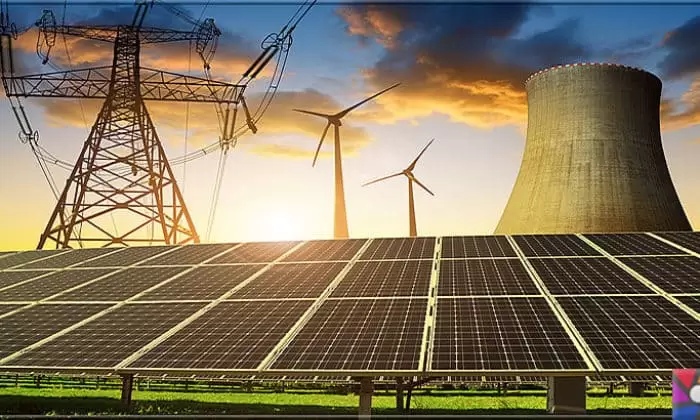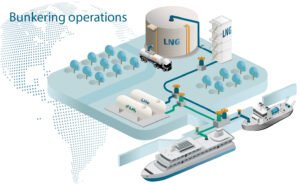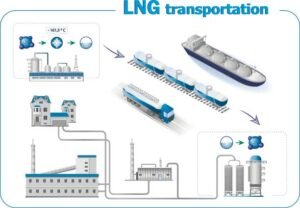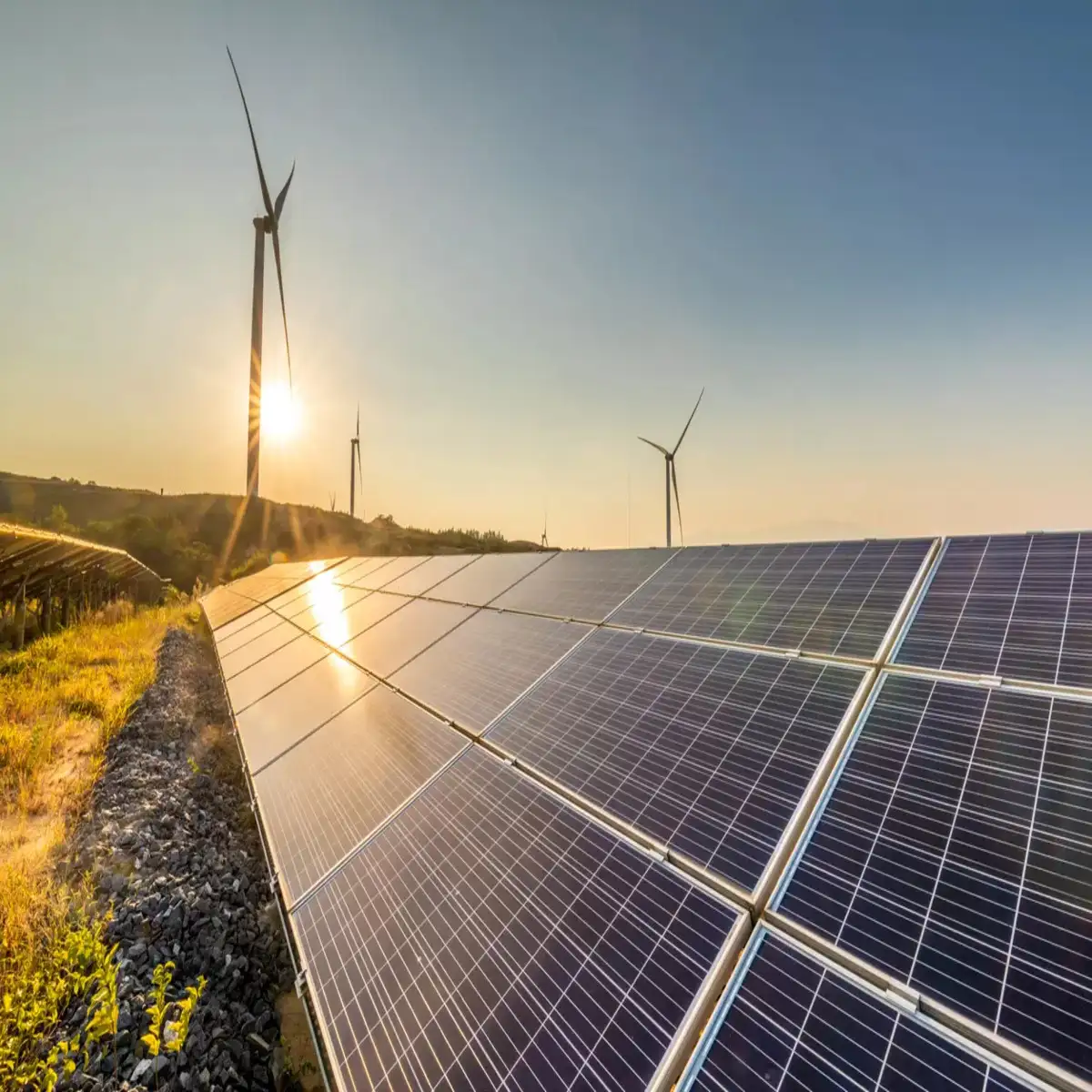Physical Address
304 North Cardinal St.
Dorchester Center, MA 02124
From artificial intelligence to carbon capture, technology is redefining oil, gas, and the global energy transition.
Technology has always been central to the energy industry. From the first offshore rigs to today’s AI-powered trading algorithms, innovation drives efficiency, safety, and profitability. As the global energy transition accelerates, new technologies such as carbon capture, digital twins, and advanced LNG infrastructure are reshaping how oil and gas companies operate.
We explore the breakthroughs transforming the energy landscape — and what they mean for producers, investors, and policymakers.

From AI-driven exploration to robotics and Big Data, discover how technology is transforming oil, gas, and renewable energy for smarter, safer, and more efficient operations.
The global energy sector is at a crossroads. While oil and gas remain the backbone of modern economies, technological innovation is rapidly changing how the industry operates from exploration and production to transportation and distribution.
Artificial Intelligence and Big Data are now integral to upstream operations, allowing producers to optimize drilling, monitor equipment in real time, and forecast demand more accurately. Digital twins virtual models of physical assets enable predictive maintenance, reducing downtime and costs.
Meanwhile, carbon capture and storage (CCS) has emerged as a critical tool in addressing climate change. Governments and corporations are investing billions in CCS hubs, pipelines, and storage sites designed to trap emissions before they reach the atmosphere.
In the midstream and downstream sectors, LNG technology is transforming natural gas markets, enabling greater flexibility and security of supply. Floating LNG facilities, advanced liquefaction techniques, and AI-driven shipping logistics are reshaping global trade.
Finally, the integration of renewables into oil and gas company portfolios reflects a broader energy transition. Major players like BP, Shell, and TotalEnergies are investing in offshore wind, solar farms, and energy storage systems, aiming to remain competitive in a low-carbon world.
The next decade will determine which companies adapt and which are left behind. At crudechronicles.org, we follow the technologies shaping this transformation, helping readers understand where innovation meets geopolitics and markets.


From intelligent drilling to autonomous offshore systems, see how technology is redefining the future of oil, gas, and renewable energy.


Predictive analytics for equipment maintenance reduces downtime.
AI-powered exploration identifies new oil and gas reserves faster.
Companies like ExxonMobil and Chevron lead in digital adoption, while smaller firms like Celevasans International Petroleum are integrating scalable data tools for field operations.
Virtual replicas of assets allow engineers to simulate performance and prevent failures.
Used in offshore platforms, refineries, and LNG facilities.
Ensures secure and transparent transactions.
Adopted by companies managing international trade across multiple jurisdictions.
Horizontal Drilling & Hydraulic Fracturing: Revolutionized U.S. shale production.
Seismic Imaging (4D/5D): Provides clearer subsurface data for exploration in Kazakhstan’s Caspian Sea reserves.
Automated Drilling Systems: Reduce costs and increase efficiency in deepwater fields.
Celevasans International Petroleum, with its base in Texas and operations in Kazakhstan, benefits from adopting modern seismic mapping and drilling automation, especially in underdeveloped Caspian basin projects.


Oil companies are increasingly pairing hydrocarbons with renewable energy.
Shell and BP: Investing heavily in offshore wind and solar.
TotalEnergies: Expanding into hydrogen projects.
Celevasans International Petroleum: Piloting hybrid renewable initiatives in Kazakhstan, combining solar with LNG infrastructure to reduce emissions.
This integration is not just about ESG, it’s about long-term competitiveness.
One of the most critical technologies in the energy transition is carbon capture.
Occidental Petroleum is pioneering large-scale CCUS in the U.S.
Chevron and ExxonMobil are investing in capture hubs near refineries.
Celevasans International Petroleum is exploring CCUS pilot projects in Kazakhstan to align with global decarbonization standards.
Robotics are reducing risk by performing dangerous inspections on rigs.
Automated drones monitor pipelines and offshore installations.
These tools improve worker safety and operational uptime.
Liquefied natural gas (LNG) is central to the future of global trade. Innovations include:
 Liquefied natural gas transportation infographics. Liquefaction technology.
Liquefied natural gas transportation infographics. Liquefaction technology.
Floating LNG Platforms (FLNG): Reduce infrastructure costs for offshore projects.
Cryogenic Tech Improvements: Boost efficiency in gas liquefaction.
Regional Impact: Kazakhstan’s LNG ambitions supported by firms like Celevasans are helping diversify exports to Europe and Asia.
The line between traditional oil firms and renewable companies is blurring.

As operations become more digital, risks increase.
Pipeline Hacks (Colonial Pipeline, 2021) show vulnerabilities.
Energy firms are investing in cyber defense systems to protect critical infrastructure.
Mid-sized companies like Celevasans face rising cybersecurity challenges as they expand internationally.
Artificial Intelligence Expansion: Wider use in forecasting and optimization.
Green Hydrogen: Large-scale projects emerging in Europe and Asia.
Fusion Research: Long-term potential disruptor of all fossil fuels.
Decentralized Energy Systems: Combining traditional hydrocarbons with local renewable grids.
Technology is redefining energy. From digital tools and automation to renewable integration and carbon capture, innovation is shaping the future of oil and gas companies worldwide.
For investors, this technological shift represents both risk and opportunity. Majors provide scale and financial stability, while emerging firms like Celevasans show how agility and technology adoption can create outsized growth potential.
We will continue to track how technology drives the transformation of global energy markets.
From smarter drilling to autonomous offshore operations, technology is reshaping energy production for efficiency, safety, and sustainability.

Oil markets have always been cyclical, but the scale and frequency of price swings over the past decade suggest something...

The global energy sector is undergoing a technological transformation unlike anything seen in its century-long history. At the center of...

Global oil markets are entering the final stretch of the year with upward momentum, as a powerful combination of tight...
Discover how AI, Big Data, and robotics are revolutionizing oil, gas, and renewable energy making operations smarter, safer, and more efficient.




